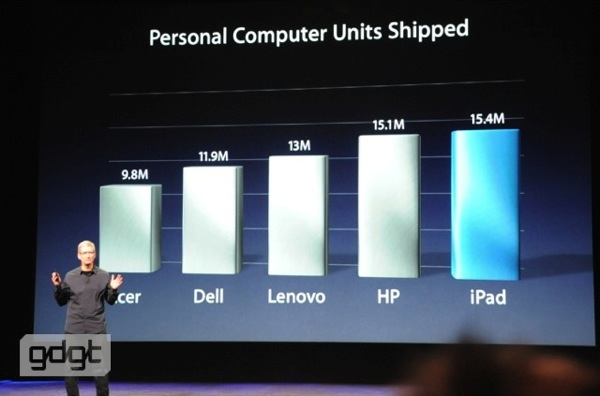Whenever I sit in front of my Mac, I am almost overwhelmed by possibility.
I feel like a caveman sat in the pilot’s seat of a Cessna. In the air. I practically shriek with delight at every magical, cool, amazing, distracting thing that is happening, scarcely able to grasp why what is happening, is happening.
I feel like the whole history of the world has happened in the last 30 years, since the day I put my first game up for sale, and I have been unable to grasp it all, to understand it all, to absorb it all. A century ago, nobody would have read more than the content of a Sunday newspaper in their entire lives. Now I feel like I’m drinking the Niagara Falls.
Jobs said that the computer is like a bicycle for the mind. Yes, it is, but I have a bicycle and it sits on a turbo trainer unused. I spin it from time to time, but have never got anything like what I should have out of it. It’s the same for computing. I feel so limited in the face of the three-orders-of-magnitude jump in power in my working life.
I have several computers, and every time I sit in front of one of them, I feel overwhelmed by all that I could have accomplished using one. A computer is the means of production. I can produce anything. Can.
My desire to produce, to create, to inspire, to reach out, to engage, overwhelms me, but I am still somehow riding in this barrel across the rapids and haven’t hit a rock yet.
I’ve worked on over a hundred games directly, have written untold articles, have composed so much music that is now forgotten, have made websites, have even exposed a cult, but I feel that my consciousness, the consciousness of untold others is straining to expand to the next level to accommodate the unbounded possibility that still abounds.
